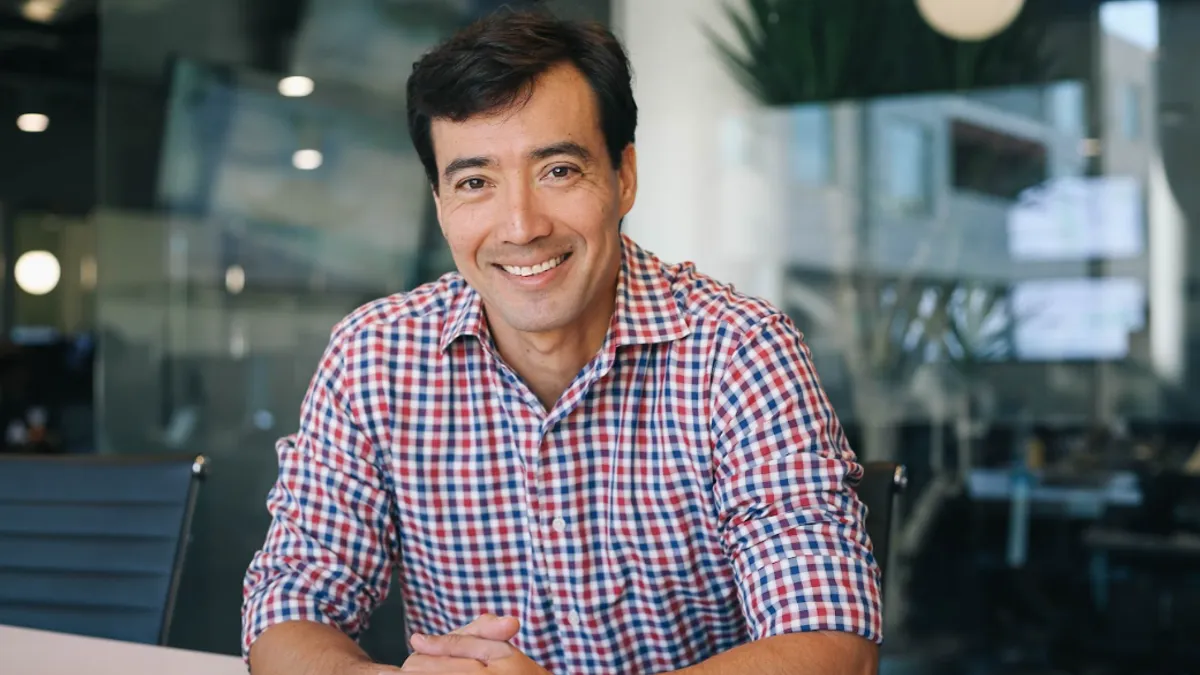Carta CEO and co-founder Henry Ward sees a clear path for his company to become the transfer agent, brokerage and clearinghouse for all private stock transactions in the world. If he’s right, the company’s success will stem from a single, small idea: investors should have as easy a way to buy stocks in private companies as they do in public companies. Now a decade into his project, Ward could be seeing the fruits of his labor.
Carta launched in 2012 as eShares, a digital platform for moving a private security from one point to another in the same way a public security moves from one point to the next with the click of a button.
“Why is it true I can buy GE stock for $7 online, click a button and everything is easy and seamless, but if I’m investing in two founders in a garage, it costs $20,000 in legal fees, there’s a bunch of paperwork and I literally get a paper stock certificate to hold proof of ownership?” Ward said in a 2019 SaaStr presentation that was released publicly in early April. The presentation was intended to show startup executives an example of a successful pitch deck for capital raises.
Owning the infrastructure
In the public stock market, there are three big North American exchanges: the Toronto Stock Exchange in Canada and Nasdaq and the New York Stock Exchange in the United States. Combined, the companies were valued at around $45 billion in 2019, about twice that today.
Little known but more dominant is the CME Group, the largest derivatives marketplace in the world. Unlike the exchanges, it encompasses the entire ecosystem for buying and selling derivatives, acting as the transfer agent on the company side, the brokerage on the investor side and the clearinghouse on the settlement side.
“It’s probably the largest company you’ve never heard of,” Ward said of the company, at the time valued at $65 billion and trading at 17x multiple. Today it’s valued at about $84 billion. "They trade at SaaS multiples even though they're a transaction company," he said.
The company grew to such a size, he said, because it owns the entire financial infrastructure for trading derivatives.
“When you own that ecosystem, the whole is greater than the sum of the parts,” he said.
Leveraging the network effect
Ward is betting on a virtuous cycle to fuel Carta’s growth as companies use its platform to make their shares available to venture firms, who in turn use the platform to make their shares available to their limited partners, who in turn use the platform to allocate investments in other companies and other types of assets, including gas and oil and, eventually, real estate.
“Which is the largest fractional ownership problem in the world,” he said.
Once on the platform, and as the platform expands in breadth and depth, it’s a natural progression for companies to use Carta to raise capital over successive rounds until they’re ready to go public, Ward said, which would open up another business opportunity for the company, as a public exchange to compete with NYSE and the others.
“On the transfer agent side, the conversation is, ‘Mr. and Mrs. CFO, you’ve been a customer with us for seven years,’” Ward said. “‘You know us well. We’re an SEC registered transfer agent. You don’t have to go to a Computershare or AST implementation. Just stay with us and we’ll take you public.’ On the other side, it’s ‘Mr. and Mrs. CFO, we already have your equity plan …. You don’t need to do an eTrade or a Fidelity implementation. We can flip the switch.’ Last, ‘We’re [becoming] a public exchange.’”
Listing pipeline
Having companies on the platform when they’re private and keeping them on the platform when they go public is a recipe for growing as an exchange that competitors can’t match, Ward said, because they don’t have Carta’s built-in pipeline for new business.
“The challenges that all the exchanges have is, how do you get more listings?” he said. “It’s hard to pull an existing listing off a national exchange and pull it onto your own. No one wants to leave NYSE once they’re on. Our secret is, we have all the listings. We have the pipeline of IPOs. So, those 50-70 IPOs a year will come through Carta.”
Since his presentation was given, Carta has created its exchange. In early 2021 it launched CartaX, giving the company a key piece of its infrastructure for growing in the way Ward envisioned.
Whether the company can grow to encompass the entire financial infrastructure for a global private stock market remains to be seen, but the vision Ward shares with investors has appeared to resonate enough that the company has attracted significant capital over the course of several raises, most recently through a 2021 series G round that aims to generate $500 million on the basis of a $7.4 billion valuation.
That’s at least six times more what the company was worth when Ward shared his pitch deck to startup executives at SaaStr, two years earlier.
“We want to own it all,” he said in his presentation. His pitch deck appears to have convinced investors the company has a shot.











